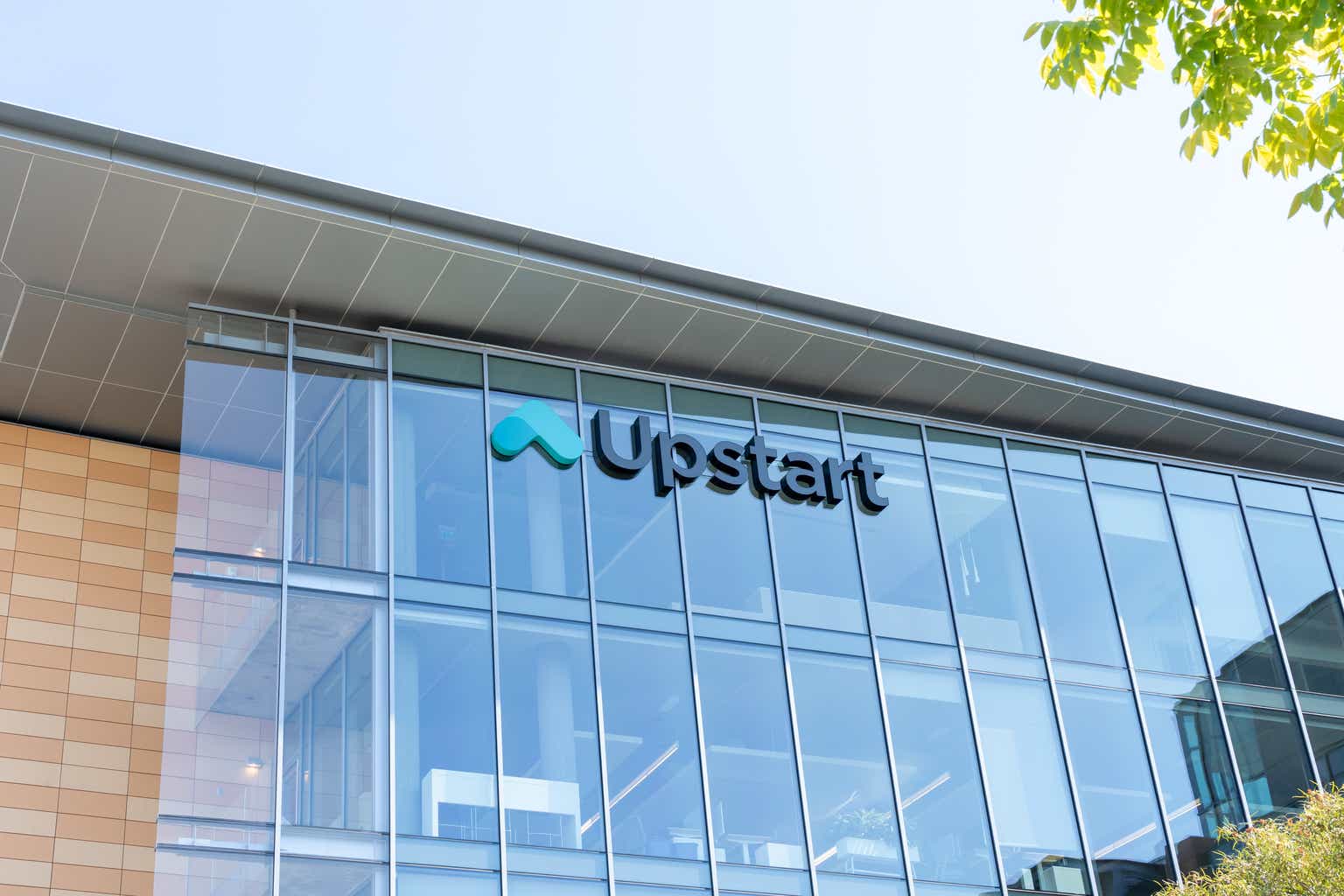In today’s AI-powered digital age, strong prompt engineering skills can drive career growth. As the global AI market rapidly expands, businesses urgently need professionals skilled in Generative AI and prompt engineering.* Expertise in prompt engineering empowers you to:
- Craft AI responses tailored to specific needs
- Help drive AI innovation and adoption across industries
- Ensure AI is deployed ethically and responsibly
This blog post will educate you on the top 10 prompt engineering skills you need, show how to apply them in practice, and inspire you to start developing these in-demand abilities. We’ll also highlight how our Generative AI Fundamentals Skill Path provides the ideal launchpad for acquiring these skills. By mastering prompt engineering, you’ll position yourself at the forefront of AI innovation and open doors to career advancement.*
Why Learning Prompt Engineering Skills Is Crucial in 2024
Prompt engineering sits at the intersection of technology and economics in 2024. Generative AI is projected to add up to $4.4 trillion annually to the global economy.* This explosive growth highlights the urgent need for professionals skilled in prompt engineering. The demand for prompt engineers is skyrocketing. Job postings have surged, reflecting the critical role these skills play in unlocking AI’s potential*. To stay competitive, professionals must develop the ability to craft effective prompts that guide AI models to optimal outputs. Prompt engineering goes beyond technical prowess. It enables you to refine AI’s reasoning capabilities and improve human-AI interactions. As more industries adopt sophisticated AI solutions, professionals who can navigate these complexities are invaluable assets.
Top 10 Prompt Engineering Skills for AI Success
As AI transforms industries, demand for prompt engineering expertise is growing. To stay competitive, professionals must master key skills. These skills are essential for leveraging AI technologies effectively.
Essential Prompt Engineering Competencies
- Crafting targeted prompts for AI chatbots
- Writing Python functions to interface with APIs
- Applying object-oriented programming concepts in Python
- Using OpenAI’s Chat Completions API
- Applying persona-driven prompt techniques with system messages
- Refining chatbot interactions using API query parameters
- Managing conversation context and token economy
- Incorporating detailed context to guide AI models
- Designing sequential step-by-step tasks for LLMs
- Evaluating AI responses to iteratively improve prompts
In the following sections, we’ll learn about each skill. You’ll understand their importance across industries. Along the way, we’ll explore practical learning opportunities to develop your expertise. By mastering these skills, you’ll be well-equipped to leverage AI’s power. You’ll also position yourself at the forefront of this growing field.
1. Crafting Effective Prompts for AI Chatbots
Creating effective prompts for AI chatbots is a critical skill in prompt engineering. It involves guiding AI language models to produce accurate and relevant outputs across industries. This skill requires both technical knowledge and creativity to precisely steer AI responses. As more businesses adopt generative AI, the demand for prompt engineering expertise is growing rapidly.* Well-crafted prompts help chatbots provide accurate, context-specific answers. In healthcare, this can reduce diagnostic errors. For software development, targeted prompts can improve debugging. But designing high-quality prompts requires a deep understanding of language models and iterative testing.* To build this core skill, try the AI Chatbots: Harnessing the Power of Large Language Models with Chandra course from Dataquest. It covers effective chatbot interaction and practical applications, no coding required. By learning prompt engineering techniques, AI and NLP professionals can advance their careers and push the boundaries of generative AI.
2. Writing Python Functions to Interface with APIs
Writing Python functions to interface with APIs is a critical skill in prompt engineering. It empowers you to generate targeted AI model outputs efficiently across industries like healthcare and software development. By enabling smooth communication between AI models and external data, this skill helps create more relevant AI-driven results.* With Python functions and APIs, you can:
- Automate data processing tasks
- Customize prompts for enhanced model performance
- Streamline AI development processes
However, learning this skill requires a solid grasp of both Python programming and API usage. This can be challenging, but it’s essential for effectively guiding AI models.* To build this skill, try Dataquest’s Python Dictionaries, APIs, and Functions course. It covers key concepts like creating dictionaries, using APIs to fetch data, writing functions, and completing a Jupyter Notebook project. These practical applications are crucial for building chatbots from the ground up.
3. Applying Object-Oriented Programming Concepts in Python
Object-oriented programming (OOP) in Python is essential for structuring code in prompt engineering. It organizes code into reusable, scalable components, making it easier to build and maintain AI applications. Understanding OOP principles like encapsulation, inheritance, and polymorphism is key to developing efficient prompts for AI models.* Applying OOP concepts in Python has significant benefits for prompt engineering:
- Encapsulation hides implementation details, ensuring a clean interface with AI models
- Inheritance enables code reuse, reducing redundancy
- Polymorphism allows a single interface to handle related actions
For example, building classes is critical when constructing a chatbot from the ground up. This approach streamlines development and improves AI system performance without overcomplicating the underlying logic.* However, integrating OOP into prompt engineering can be challenging. It requires a solid grasp of abstract concepts and practical application. Dataquest’s Intermediate Python course provides hands-on experience with OOP principles tailored for prompt engineering. By mastering these skills, AI professionals can build more efficient, maintainable, and scalable prompt engineering solutions. Staying engaged with industry advancements and collaborating across teams are key to success in this rapidly evolving field.
4. Using OpenAI’s Chat Completions API
OpenAI’s Chat Completions API plays a central role in prompt engineering. It enables you to interact efficiently with advanced language models, generating accurate and relevant outputs. By leveraging this API, you can tackle complex challenges and automate specialized tasks across various industries.
Key Benefits
- Streamlines communication between your applications and OpenAI’s models
- Allows for precise control over the generated content
- Supports dynamic conversations with context retention
However, working with this API also involves some challenges. You’ll need to understand data formatting requirements and response generation processes.
Developing Your Skills
To build your proficiency with the Chat Completions API, consider taking Dataquest’s Prompting Large Language Models in Python course. This hands-on learning experience covers key topics like:
- Crafting effective prompts
- Managing conversation history
- Optimizing token usage
You’ll gain practical experience by building an AI-powered chatbot. This project will prepare you to create efficient, high-performing conversational agents. As you progress in your prompt engineering journey, stay curious and committed to continuous learning. Experimenting with the API and collaborating with other professionals will deepen your understanding. By combining technical knowledge with creativity, you’ll position yourself for success in this exciting field.
5. Applying Persona-Driven Prompt Techniques Using the System Message
Persona-driven prompt techniques are key for creating engaging, relevant, and accurate AI interactions tailored to users’ specific needs. This approach improves the performance of large language models (LLMs) by adapting responses based on a defined persona. The result is content that is more contextual and precise.* These techniques are used in various industries to enhance AI-generated content and address complex issues more efficiently. In customer service chatbots, persona-driven prompts make interactions feel more personalized and human-like. This can boost customer satisfaction. However, it requires a thorough understanding of the target audience and LLM capabilities.* Some challenges include capturing persona nuances accurately and regularly refining prompts using user feedback.
Developing Persona-Driven Prompting Skills
To build this skill, try the Prompting Large Language Models in Python course from Dataquest. It provides practical experience with persona-driven prompts. You’ll learn to generate customized AI responses using OpenAI’s Chat Completions API. Additionally, you’ll manage conversation histories to maintain context in AI interactions. By learning persona-driven prompting, AI and NLP professionals can greatly improve the relevance and engagement of AI-generated content. Furthermore, it helps advance their careers by keeping them at the cutting edge of AI development.*
6. Refining Chatbot Interactions Using API Query Parameters
Using API query parameters to refine chatbot interactions is a key skill in prompt engineering. It allows you to improve the accuracy and relevance of AI-driven conversations. As generative AI technologies advance, this sub-skill helps professionals fully utilize AI’s potential, especially in fields where precision is critical, like healthcare. API query parameters let you tailor chatbot responses based on user input or context. This enhances the quality of the interaction. In healthcare, for example, this can enable more accurate symptom analysis or patient…






















